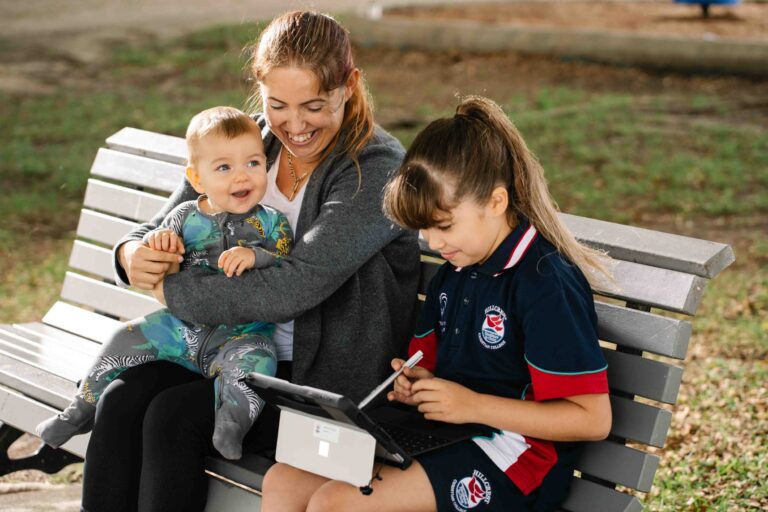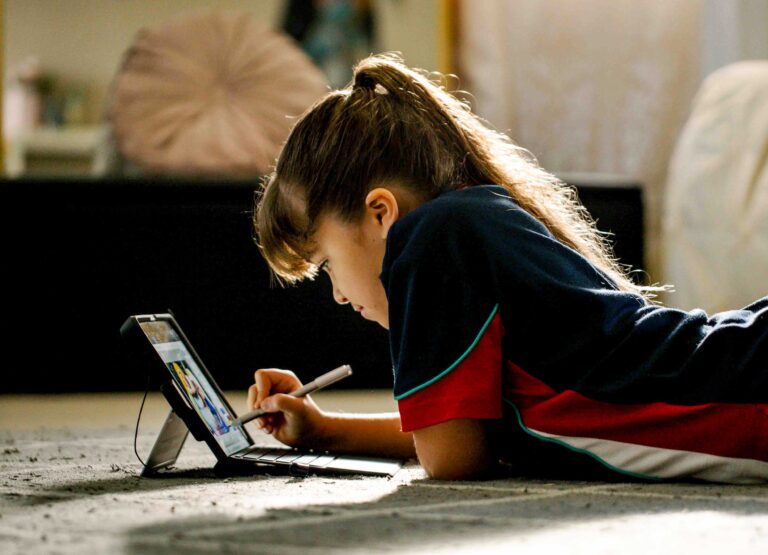A Design-Centred Learning (DCL) approach to learning means that students engage in various learning areas through integrated, real-life projects. These projects are designed to have various entry points, appeal to students’ and teachers’ areas of interest, and contain opportunities for students to have choice (for example, in topics they investigate, who they work with, or how they demonstrate their learning). During a recent conversation with a parent, where we were discussing how each student in the VLC has their own Individual Learning Plan (ILP), the parent commented that it all looked good in theory, but how does a school actually cater for the needs and interests of each student, when there is a whole class full of individuals with different learning needs and styles. Great question!
One of the ways Design-Centred Learning allows us to achieve this is through scaffolding projects to provide support to students to allow them to access new content, concepts or skills. PBL Works, a world-leader in Project-Based Learning, puts it like this:
“Scaffolds help move students from what they can do now to what they will be able to do alter. Like training wheels on a bicycle, scaffolding is introduced when students need support and, in many cases, removed when no longer necessary, as students’ mastery and independence increase over time.” [Read more here: How to Scaffold in Project Based Learning | PBLWorks
This may take the form of providing students with resources at a different reading level, in a different format (eg. audio instead of – or as well as – written), or using a different thinking or organisational strategy to unpack an idea. Using a Universal Design for Learning (UDL) framework means that often the scaffolds that are put in place for some students will actually lead to the betterment of all.
Outside of school, we see this kind of thinking when it comes to design ideas such as electronic sliding doors, which were originally designed for people in wheelchairs, but which are now a staple of most shopping centres and many business entry-ways. The rounded curbing near traffic light and pedestrian crossings, which again were originally built for people using wheelchairs, also benefit those in the community with prams, mobility scooters, bicycles and so on. Scaffolds are not designed to make students stand out, but rather provide an opportunity for equal access to things that the rest of the population take for granted.
If you would like to find out more about how the VLC can support your child in their learning, please contact us here:
Author: Danni Foster-Brown
Head of Virtual Learning Community
Distance Education suited to your family and lifestyle
Hillcrest Christian College’s Virtual Learning Community (VLC) offers your family a truly flexible Distance Education learning experience, so your child can access an exceptional independent school education to suit your family’s lifestyle.





